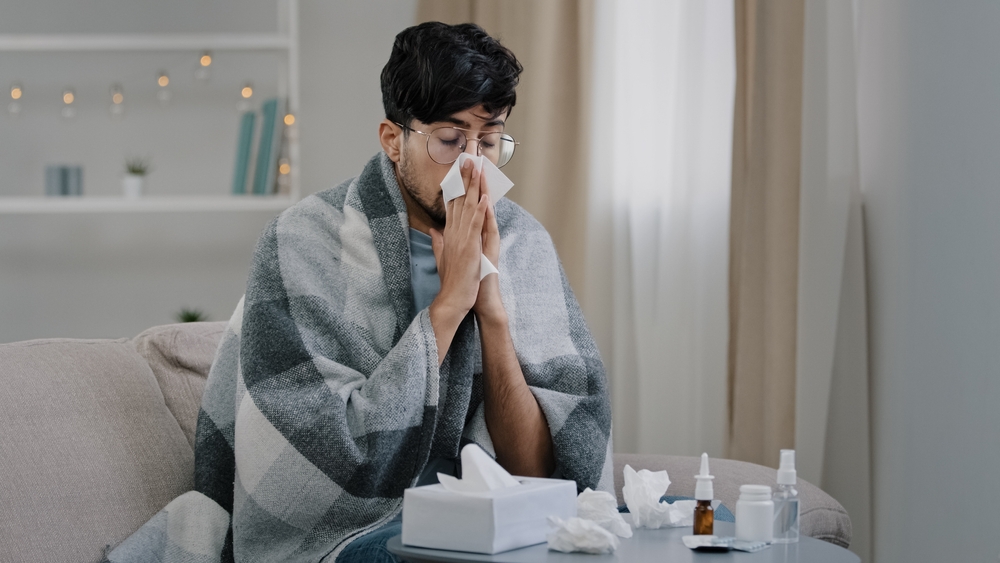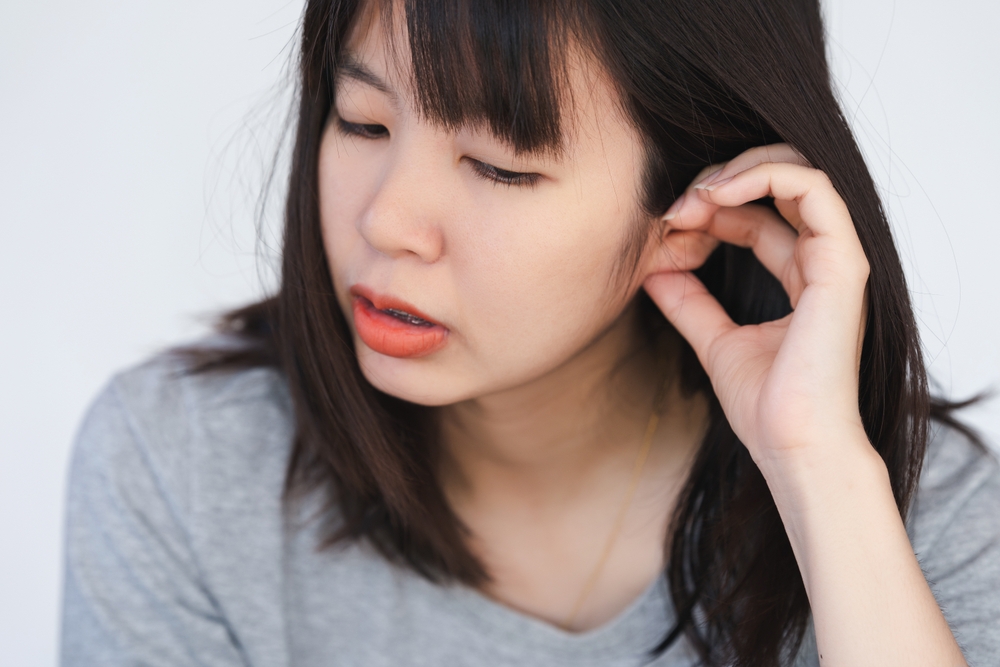Sneezing—often associated with allergies during the summer months—is a surprisingly intricate bodily function. Beyond its role in clearing irritants, sneezing reveals fascinating insights into our respiratory system’s workings. Let’s uncover the lesser-known aspects of this common yet complex reflex.
1. Sneezes: nature’s nasal reset button
Sneezing isn’t just a reflex; it’s a vital mechanism by which our bodies reset the effectiveness of our noses. Imagine a computer slowing down or freezing—sometimes, a complete shutdown is needed to restore optimal function. Similarly, a sneeze clears out irritants, allowing the nasal passages to function like a freshly oiled machine once more.
2. Multiple sneezes: not always a sign of illness
When someone sneezes repeatedly, the common assumption is illness. However, multiple sneezes often indicate the body’s effort to thoroughly clear irritants from the nasal cavity. It’s a natural reboot, not necessarily a symptom of a cold or flu.
3. Sneezing and sleep: a rare combination
Sneezing is a reflexive response triggered by various stimuli. Interestingly, sneezing rarely occurs during sleep due to relaxed nerves. Daytime hours typically see more sneezing as nasal passages actively clear. Although, in rare instances, external stimuli like pepper can induce sneezing even during slumber.
4. Debunking the myth: your heart and sneezing
Contrary to popular belief, sneezing does not cause your heart to stop. The sensation of a skipped heartbeat often felt during a sneeze is merely a temporary alteration in blood flow and pressure. Rest assured, your heart continues to beat steadily.
5. Sunlight’s sneeze induction: the photic reflex
Ever wondered why some people sneeze when exposed to sunlight? Approximately one in four individuals experience photic sneeze reflex, where sudden exposure to light triggers sneezing. This phenomenon underscores the intricate nature of sneeze triggers beyond allergens like pollen.
How to effectively manage sneezing
While sneezing offers relief, it also presents a rapid means of germ transmission. Whether symptomatic or not, it’s crucial to practice proper sneezing etiquette to minimize the spread of mucus, which can travel up to five feet. Covering sneezes and maintaining hand hygiene are vital steps in preventing the spread of illness.
When to see an ENT specialist for sneezing
If you’re experiencing persistent sneezing or have concerns about allergies and sinus health, find an ENT specialist near you today. They can provide expert guidance and personalized solutions to alleviate symptoms and enhance your nasal health.



